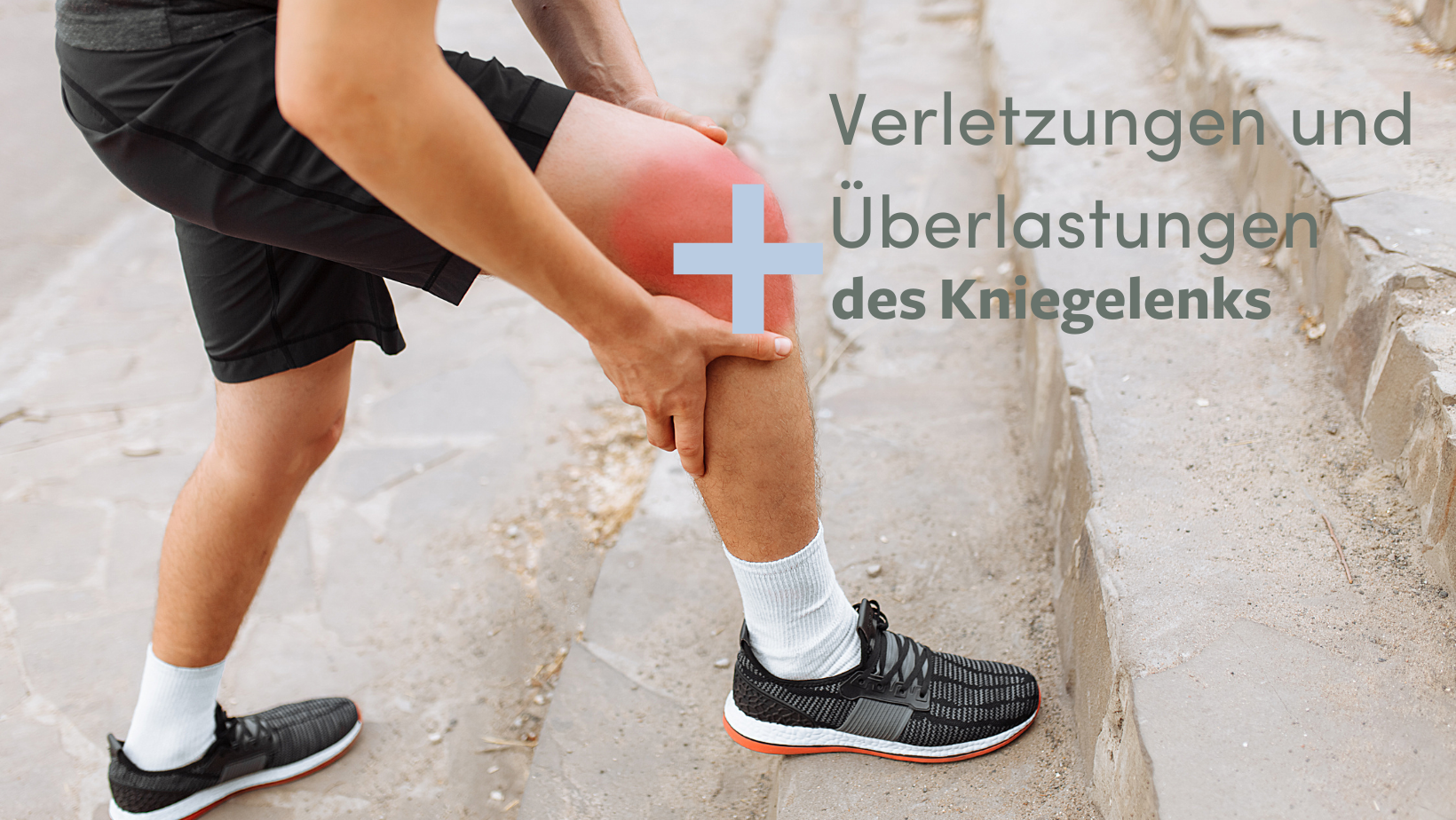
Injuries and overloads of the knee joint
After a knee injury or in case of pain, one should not wait too long to consult a competent doctor. Often people first try to apply cool packs and swallow painkillers – always expecting that it will get better by itself. In some cases, especially in the case of ligament instability or entrapment of torn meniscus or cartilage parts, this can significantly worsen the situation.
Among the most dangerous sports for the knee joint are those with rapid stops and changes of direction, such as soccer, handball, squash, tennis and skiing. However, running can also lead to chronic damage if you are not physically fit (overweight, pre-existing injuries, pre-existing cartilage damage…) and with the wrong footwear.
Sports favorable for the knee include cycling, swimming, hiking, Nordic walking, cross-country skiing. Strength training is a particularly safe way to keep fit compared to other sports, because sports injuries tend to be the exception. On the contrary: strength training, especially the currently very trendy functional training, which is practiced parallel to other sports, reduces the frequency of injuries in the respective sport.
A prerequisite for sports that are easy on the knees is good preparation. Ideally, a basic sports orthopedic check should be performed at the beginning for people with risks and for beginners or after longer breaks in order to detect weak points.
In the case of injury or chronic knee pain, a good clinical and imaging diagnosis is essential due to the large number of possible injuries.
to arrive at the correct diagnosis and to be able to initiate the right therapy. The accurate detection of incorrect loading and overloading of the knee joint is of great importance and often requires corrections of the technique in the respective sport and adjustments of the sports equipment.
Here the treatment ranges over a wide field of conservative, physiotherapeutic and surgical measures.
For further questions I am at your disposal by appointment.
Book an Appointment
You haven't found a suitable date?
Call us or write to us!

0
